Next in our series of articles showcasing suppliers’ five-year vision for workplace culture, employee health and wellbeing, is the excellent entry that we received from PAM Group.
It clearly outlines key obstacles that are currently standing in the way of progress, before calling for a shift from a one-size-fits-all, to a bespoke holistic approach to employee health and wellbeing – focusing on the needs of the individual.
As well as laying out a clear five-year vision which enables employers to achieve this shift by reducing workplace stressors, it also looks at self-governance vs. legislation as a way forward. If systemic self-governance across industries fails, could a standardised Health and Wellbeing Risk Assessment be the solutions. See what you think…
“Employees who believe that management is concerned about them as a whole person – not just an employee – are more productive, more satisfied, more fulfilled. Satisfied employees mean satisfied customers, which leads to profitability.” Anne M. Mulcahy, former CEO at Xerox.
Workplace culture is at the heart of employee satisfaction with many column inches and reports debating how to create a unified culture in organisations, a sense of belonging and a healthy workforce. In 2023 the HSE estimated 35.2 million days were lost to work-related ill health and non-fatal workplace injuries with stress, depression or anxiety and musculoskeletal issues being the top causes of absence. The CIPD 2023 survey on Health and Wellbeing at Work found there has been an increase in sickness absence to 7.8 days per employee.
Obstacles to a healthier workforce – a look at some pain points:
Workload – this remains the number one cause of stress-related absence (Health and Wellbeing report CIPD 2023). A useful analogy for workplace wellbeing relates to stress – based on Hooke’s Law of Elasticity in physics, which explains how the strain in a solid body is directly proportional to the applied stress (the load) to the furthest point at which the body can be stretched or deformed while being able to return to its previous shape.
Research has found high work demands, such as pressure (the load) to quickly produce work to a high standard and meet targets, greatly impacts employee health and well-being leading to higher rates of sickness and time off work. Goh et al (2015) found high job demands increased the likelihood of a medically diagnosed illness by 35% and working long hours increased mortality by 20%. A metanalysis of over 47,000 participants by Nyberg et al (2013) found job strain increased the risk of cardiovascular disease.
Lack of control – in line with Seligman’s research on Learned Helplessness back in the 1970s, limitations in the ability to control work output is associated with poor mental health and a trigger for employee absence. Constant restructuring, process changes, cost cutting through redundancy, all impact the demands placed on the existing workforce. Instability of workloads, including zero hours contracts, leave individuals with little control to have a sustained income and manage other aspects of their life. When an employee perceives they have little or no control over outcomes or events (learned helplessness) their health and wellbeing become more vulnerable.
External stressors – cannot be ignored, interest rates, the cost-of-living crisis, and the impact of covid is still being felt. The Office for National Statistics estimated there were 1.7 million people living with long covid when it ended in March 2023 – all these factors have an impact on the workforce.
With an unprecedented mix of factors impacting the health and wellbeing of the workforce, a one-size- fits-all approach should give way to a bespoke holistic approach focusing on the needs of the individual.
Towards a 5-year plan – my call to action to reduce workplace stressors and increase health and wellbeing at work.
Early intervention – organisations would benefit from a focus on providing support to enable early intervention. Ensuring internal policies, processes and communication strategies provide a seamless journey for the employee to access support as soon as issues start to arise.
Occupational Health – can play a pivotal role in the overall health and wellbeing of employees. Capable of quickly putting in place a series of interventions to support employees, such as access to occupational nurses, physicians, physiotherapists, EAP (Employee Assistance Programmes) and counselling. Fast access to support avoids long NHS wait times with the aim of preventing long term absence.
Access to Health and Wellbeing programmes – providing workforce access to wellbeing roadshows, webinars, and workshops with the aim to improve knowledge and understanding. Giving staff the tools, knowledge, and resources to support themselves with self-help strategies and guidance on how to recognise the signs in others.
Connectedness: creating space for social interactions – easily forgotten within the digital workplace, it is important to invest in creating opportunities for connecting with colleagues and creating shared experiences. For example, virtual coffees, digital break out spaces, group events online and in person, regular communications, shout outs, celebrating successes and special moments. Providing opportunities for volunteering and taking part in community or charity-based events, and wellbeing days.
The Employees voice and representation – enabling the workforce to actively participate in organisational changes and to enable employees to be given a voice to influence and shape any future health and wellbeing initiatives, culture change or wellbeing strategy.
Championing a positive work life balance – illustrating what that can look like across the organisation should start with senior leaders modelling desired behaviours. This is likely to shift mindsets and foster feelings of greater affinity between the organisations and their workforce.
Culture of acceptance and openness – creating a culture of acceptance of individual challenges and diversity, addressing stigma and bias. By improving open communication and creating a supportive, respectful culture, employees can feel supported and valued. Setting up internal networks and Employee Resource Groups can create communities and enable employees to connect with colleagues.
Data is key – engagement surveys, sick leave, presenteeism, patterns in annual leave, referrals to occupational health; analysed across, gender, race, age, grade etc, provide powerful insights into the health and wellbeing of the workforce. Management information reports can reveal key trends to illustrate what is working or not working.
The future: Self-governance versus legislation
We are more aware than ever of the impact of work on health and health on work, but little appears to change. Organisations should be able to govern themselves, to take stock and consider where they are on their journey to improving health and wellbeing at work. Through evidence gathering exercises, HR leaders should be willing to take accountability and provide a compelling case to push for investment to create a healthier workplace culture to address the unique challenges their organisation faces.
If systemic self-governance across industries fails, perhaps the only way forward lies in adopting a standardised Health and Wellbeing Risk Assessment which is legislated in the same way that gender pay gap reports are published each year. This would certainly shine a spotlight on organisations’ strategies and policies and provide a platform to demonstrate how they are actively moving towards improved health and wellbeing outcomes at work to support the “whole person.”
About the author
Nina Parson, MSc, CPsychol, AFBPsS is Director of Psychology with PAM Wellness Solutions. PAM Group are an Occupational Health Company providing fully integrated health and wellbeing solutions. Creating bespoke partnership solutions, we work with our clients to add value to the wellbeing, performance and productivity of their employees. Services include Occupational Health Services, Day One Absence Management, Wellness Solutions, Psychological Services, Drug and Alcohol Services, Employee Assistance Programme, and Neurodiversity Support Services. For further information visit www.pamgroup.co.uk
You might also like:












